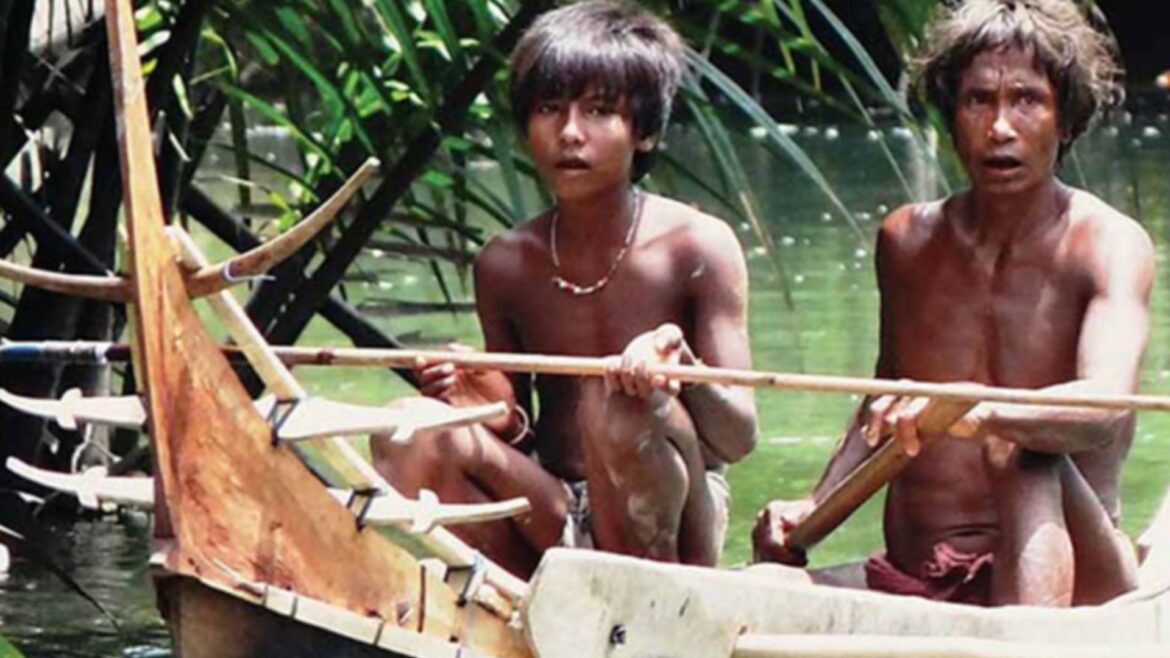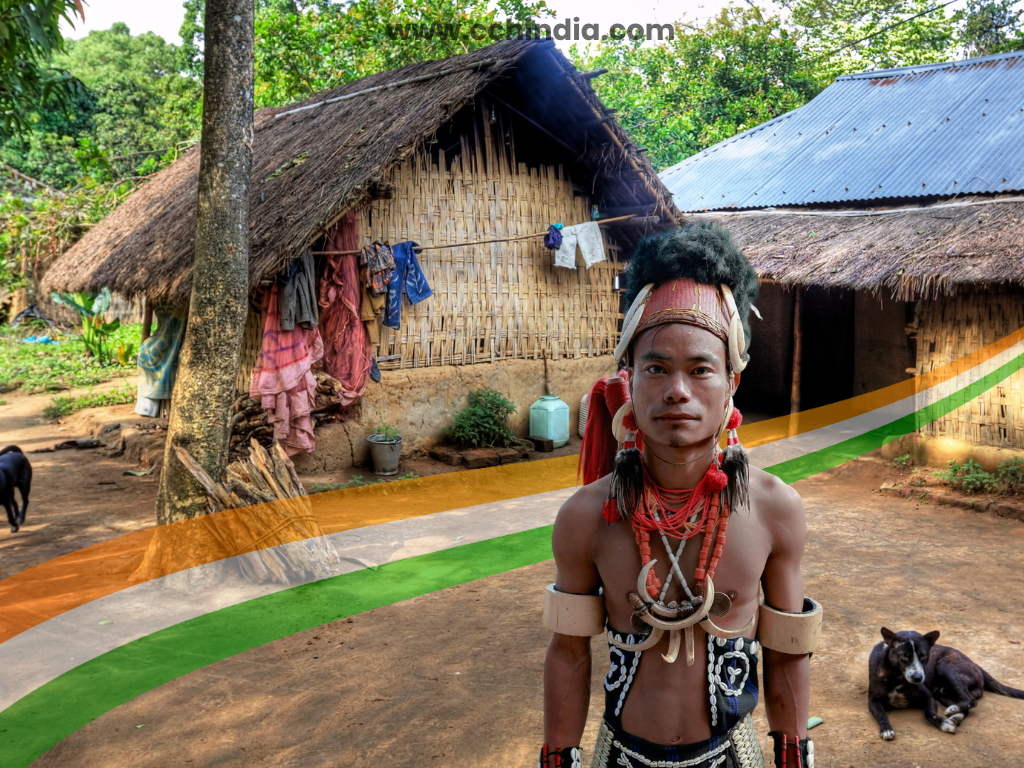Nicobar Islands are the unchartered territory. Apart from the pristine blue waters and dense forest covers, they are also home to several indigenous tribes that have lived in isolation for centuries. With almost zero contact with the outside world, navigating the communication with the tribes is a challenge. Their cultures and traditions are deeply rooted in their ecosystem. The Indian government has forbidden the travel of people to Nicobar Islands either for settlement, leisure or work purposes.
The two main tribes of the Nicobar Islands are:
1. Nicobarese Tribe
The Nicobarese tribe lives across the central and southern Nicobar Islands, including Car Nicobar, Little Nicobar, and the Great Nicobar islands. The island of Car Nicobar is their main hub. It is the largest indigenous group with an estimated population of 22,000. They speak Nicobarese language. The tribe practices farming activities for their own consumption instead of for trade or sale. They mostly grow coconuts, bananas and tubers. Big rearing holds great importance apigacor in their culture. They are also involved in fishing and hunting activities.
Nicobarese live in small close-knit circles with community bonding and rich cultural traditions like folklore, songs and tribal dances. The Pig Festival is one of their most where pigs are sacrificed to honour ancestors and celebrate communal unity.
2. Shompen Tribe
The Shompen tribe lives in the interior of Great Nicobar Island, which is the southernmost and largest of the Nicobar Islands. It is one of the smallest tribal communities with around 300-400 individuals. The Shompen language is unclassified and passes down through oral traditions instead of written. The tribe is that of hunters relying on the forest for their food and livelihood. Wild boars, birds, smaller animals, wild fruits, honey are some of the things they get from forest which they survive on. They also practise minimal forms of farming for their own consumption.
The Shompen live in small families, typically isolated from other groups. They also have limited contact with the outside world and have close beliefs in nature and spiritual beliefs. They are known to create tools and weapons for their own protection from available materials like bamboo, wood and stone.
Threats and Challenges to the Tribal Communities
1. Development Projects and Pressures:
Infrastructure development while helps the economy and lives of people, the tribes of Nicobar are far from wanting any. Indian government has launched several development projects in Nicobar to create strategic infrastructure such as ports and airports. Even though these will be crucial for India, they will pose a great threat to the tribes, their way of life and potentially also expose them to the outside world.
2. Loss of Preserved Culture:
Communication with non tribal populations outside of the islands can lead to cultural erosion. Should development projects get underway and tourism start in Nicobar islands, there would be influence of modern lifestyle, technologies, languages and more diluting the their habitat and traditions.
3. Health Risks Due to Altered Ecosystem:
At present the Nicobarese and Shompen tribes are living in relative isolation in an eco-system which is suited to their health. With increased interaction to the outside world, they might get exposes to diseases and health challenges which their immune system is not capable of fighting.




